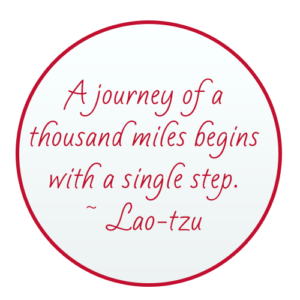 The first thing we must do when we choose to embark on the healing process is to understand how our current ways of looking at grief may hold us in that pattern.
The first thing we must do when we choose to embark on the healing process is to understand how our current ways of looking at grief may hold us in that pattern.
Firstly, we use the phrase “loss and healing” to identify the experiences of grief and recovery or resolution. There are, however, three distinct and autonomous processes taking place: Event (loss), Response (grief), and Healing (resolution.) When we use “loss” as both the event and the response, we deny one or the other.
Secondly, we often have this sense that healing means we will somehow deny or disrespect either/both the loss and our grief. Healing does not mean that what happened to us is okay, rather it means that we can be okay–living our best personal, professional, and philanthropic life–even in the face of our adversity, that we can reconcile the conflicts associated with our experience.
Lastly, we must acknowledge that the level of our grief response is not determined by the type of loss but rather is a reflection of our attachment to that which has gone missing from our life. The more we identify with something or someone, the greater the likelihood our grief will be stronger.
I liken our recovery to a grief puzzle; once we’ve uncovered the many pieces and assembled them into the pattern of our life, then we have a completed and whole form, albeit one that has unseen finger smudges and the occasional frayed corner.
- The Journey of a thousand… Get to know the autonomy between loss, grief, and healing.
- The 5 D’s… Gain insight into the types of loss you’re experiencing.
- The 5 Facets… Find hope in your resources.
- The 5 Steps… A step-by-step guide to aid your journey from grief to healing.
- The Power Mantras… Inspiration to live by.
